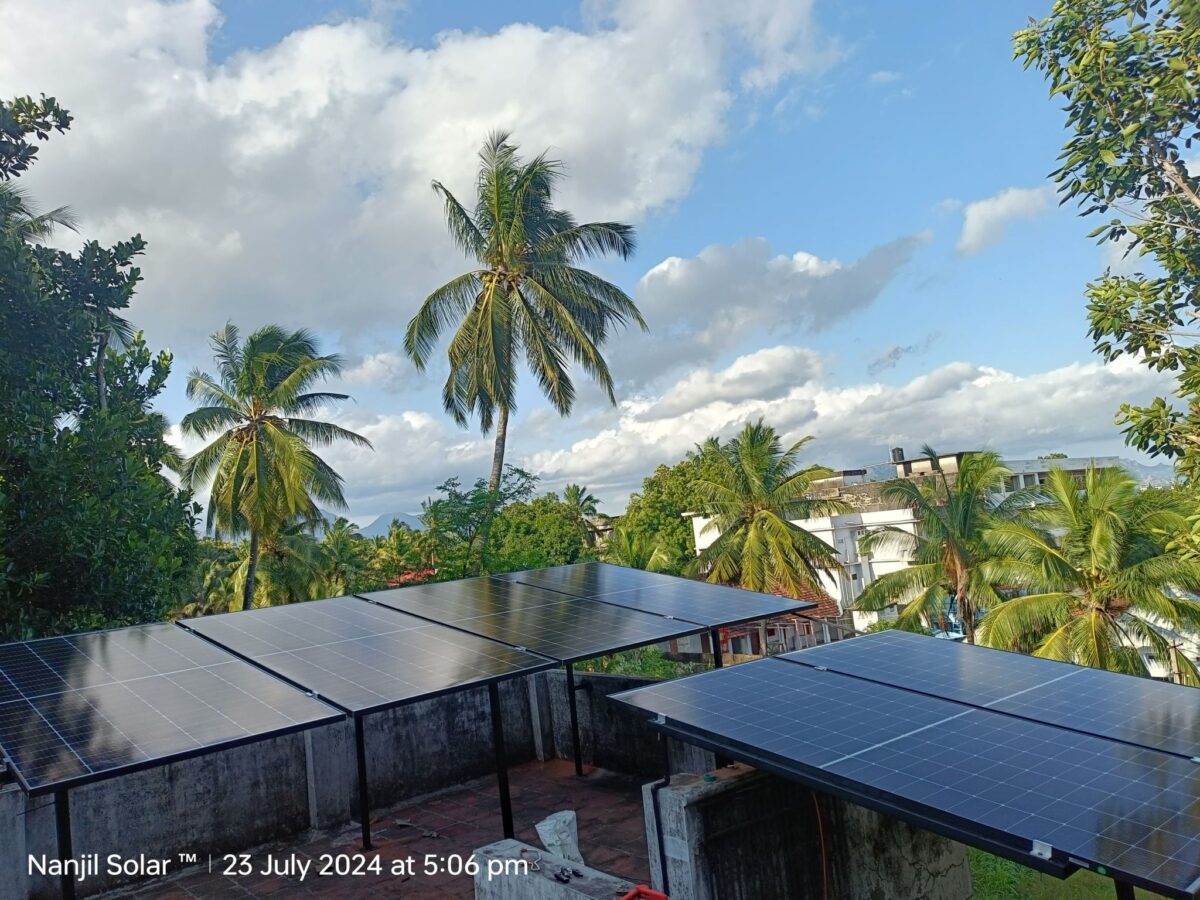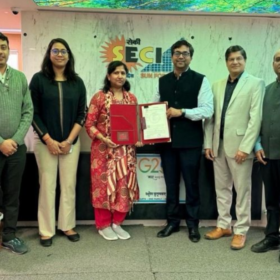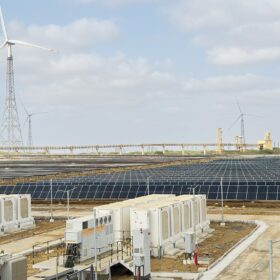As of July 31, 2025, India has collectively installed about 11 GW of residential rooftop solar capacity, of which about 4.9 GW was added under the Pradhan Mantri Surya Ghar Yojana (PMSGY). This accounts for approximately 44.5% of the country’s total residential rooftop capacity, achieved in just over a year of the scheme’s launch, according to a new report by the Institute for Energy Economics and Financial Analysis (IEEFA) and JMK Research & Analytics.
The report highlights that as of July 2025, PMSGY has witnessed significant traction, with over 57.9 lakh applications submitted for residential rooftop solar installations.
However, despite a near fourfold increase in applications between March 2024 and July 2025, only 13.1% of the target of one crore (10 million) installations and just 14.1% of the allocated INR 65,700 crore (USD 7.5 billion) in subsidies released till July 2025. Given this context, achieving the FY2027 target of 30 GW capacity continues to be seen as a considerable challenge.
Under PMSGY, Gujarat leads all states with the highest installed residential rooftop solar capacity of 1,491MW, followed by Maharashtra, Uttar Pradesh, Kerala, and Rajasthan. These states together account for approximately 77.2% of the total installed capacity (4,946 MW) under the scheme till July 2025.
“PMSGY has steadily expanded its policy framework to speed up residential rooftop solar adoption. Since 2024, it has rolled out a nationwide capacity-building programme to train over three lakh people and help vendors, utilities and financiers upskill,” says Jyoti Gulia, Founder, JMK Research, and a contributing author of the report.
![]()
The “Innovative Projects” component provides grants covering up to 60% of project costs to support pilot initiatives and new business models. Meanwhile, a new digital Domestic Content Requirement ensures verified use of domestic materials in solar modules. Additionally, states and Union territories are being encouraged to develop solar cities and model solar villages.
“However, low consumer awareness and access to finance remain significant barriers to the adoption of rooftop solar. Outdated perceptions of high upfront costs and maintenance persist, especially in rural areas,” says Prabhakar Sharma, senior consultant, JMK Research, and a co-author of this report.
Fragmented supply chains for key rooftop solar components, such as panels, inverters, and mounting structures, also cause implementation delays, the report highlights.
“Establishing clear, time-bound rooftop solar capacity targets at the state level is essential for creating a coherent vision and ensuring effective policy execution,” says Vibhuti Garg, Director, IEEFA – South Asia, and a contributing author.
A grievance redressal system has been set up under PMSGY, but its effectiveness is limited. “PMSGY should establish a district-level escalation matrix so that subsidy disbursement delays, incorrect data entries or portal malfunctions can be routed beyond the DISCOM or portal level,” says Aman Gupta, research associate at JMK Research, and a co-author of this report.
To increase the conversion of applications into actual installations, state- and district-level facilitation cells should guide households in filing applications and claiming subsidies. Marketing campaigns and consumer outreach initiatives can be taken up to educate potential adopters.
“The rooftop solar market continues to face fragmented quality and weak end-to-end guarantees, challenges that standardised plug-and-play solutions can resolve,” notes Sharma. Promoting the commoditisation of rooftop solar kits, with modules, inverters, mounting structures, and cables supplied as standardised, pre-assembled packages, can simplify installation and minimise project delays.
The long-term success of PMSGY hinges not only on the provision of subsidies but also on its ability to institutionalise streamlined digital processes, standardised product solutions, and consumer-centric support systems, the authors emphasise.
This content is protected by copyright and may not be reused. If you want to cooperate with us and would like to reuse some of our content, please contact: editors@pv-magazine.com.









By submitting this form you agree to pv magazine using your data for the purposes of publishing your comment.
Your personal data will only be disclosed or otherwise transmitted to third parties for the purposes of spam filtering or if this is necessary for technical maintenance of the website. Any other transfer to third parties will not take place unless this is justified on the basis of applicable data protection regulations or if pv magazine is legally obliged to do so.
You may revoke this consent at any time with effect for the future, in which case your personal data will be deleted immediately. Otherwise, your data will be deleted if pv magazine has processed your request or the purpose of data storage is fulfilled.
Further information on data privacy can be found in our Data Protection Policy.